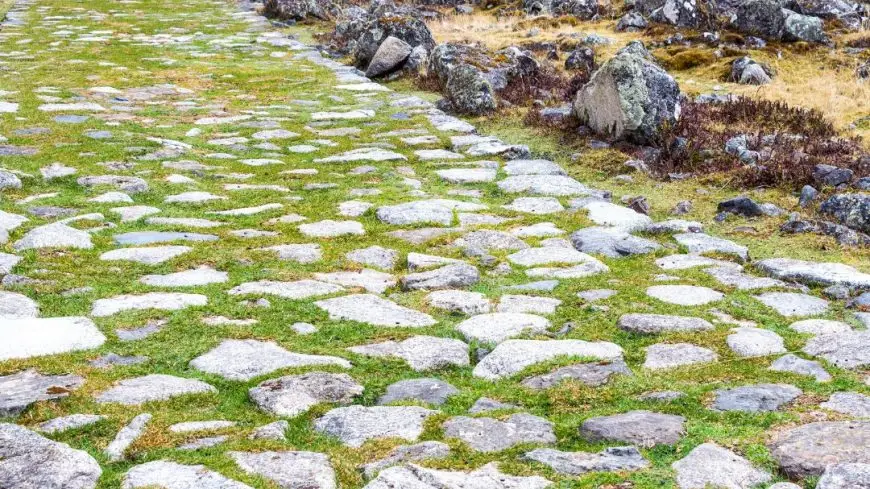The Incan Road Network, also known as Qhapaq Ñan, is known as one of the most advanced transportation systems of the pre-modern world. This road network’s sophisticated infrastructure helped the Inca Empire manage much of their territory in South America (starting in the early 15th century). Even today, remnants of this ancient road system can still be seen!
Check out some fascinating facts about the Incan Road Network:
▪️ The Incan Road Network spanned across deserts, mountains, and forests.
▪️ The roads were divided into two main routes: The Coastal Road and the Mountain.
▪️ Surfaces were made from stone, adobe, and compacted earth. Some roads were paved, but some were unpaved trails.
▪️ The Incas constructed rope bridges using grass and vines.
▪️ In mountainous areas, tunnels were carved and extensive stairways were built into steep slopes.
▪️ Incas even created rest stops for travelers called Tambos.
The 25,000 miles of The Incan Road Network played a crucial role in trade and communication and has been recognized as a World Heritage Site for its historical significance.
Just like the Incan Road Network connected an empire through advanced engineering and careful planning, ICC-IMS helps modern communities thrive with cutting-edge technology for assessing and maintaining road infrastructure. By leveraging tools like our IrisPRO Pave vehicles, we ensure today’s transportation networks are as durable and reliable as the Inca roads that still inspire us.

